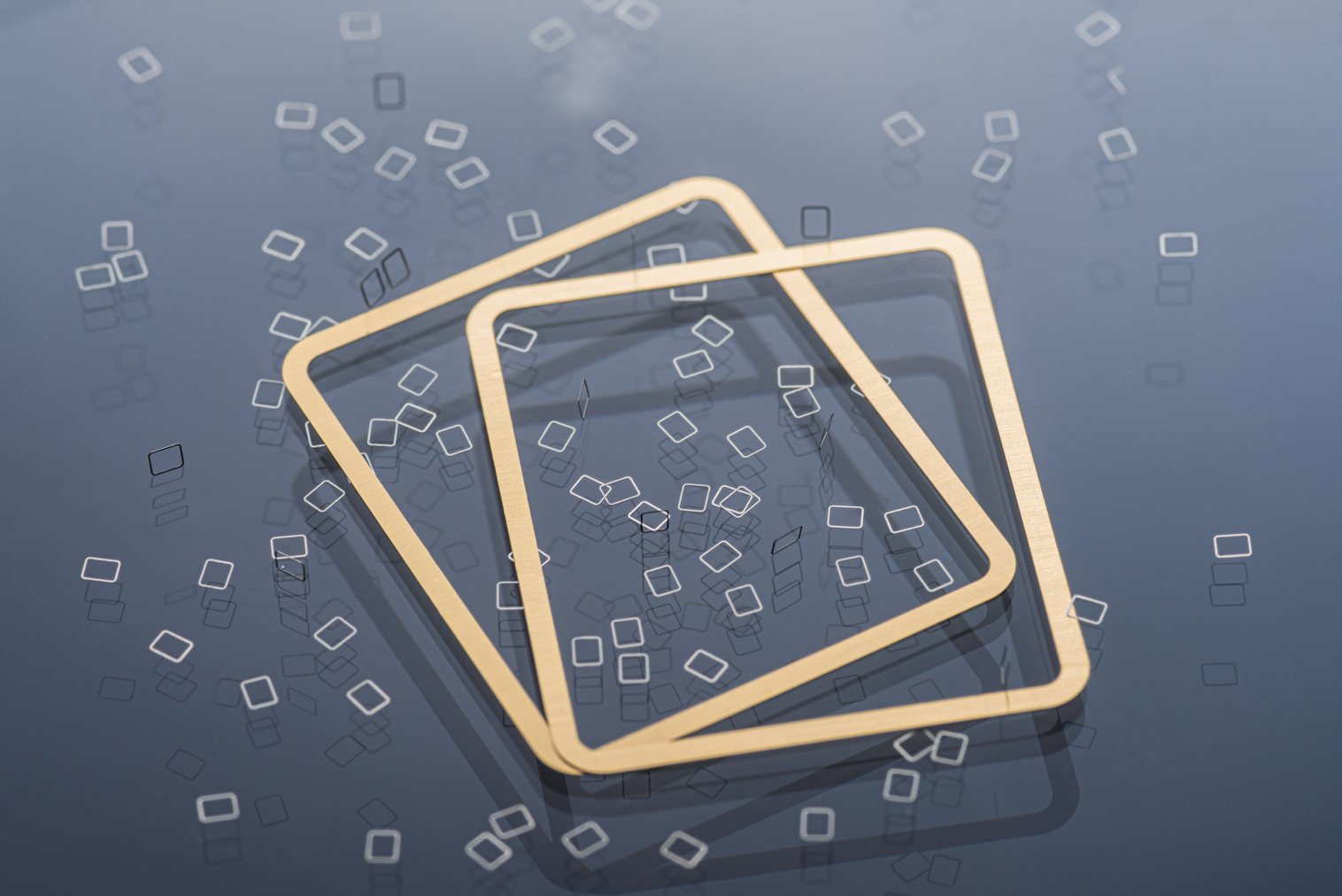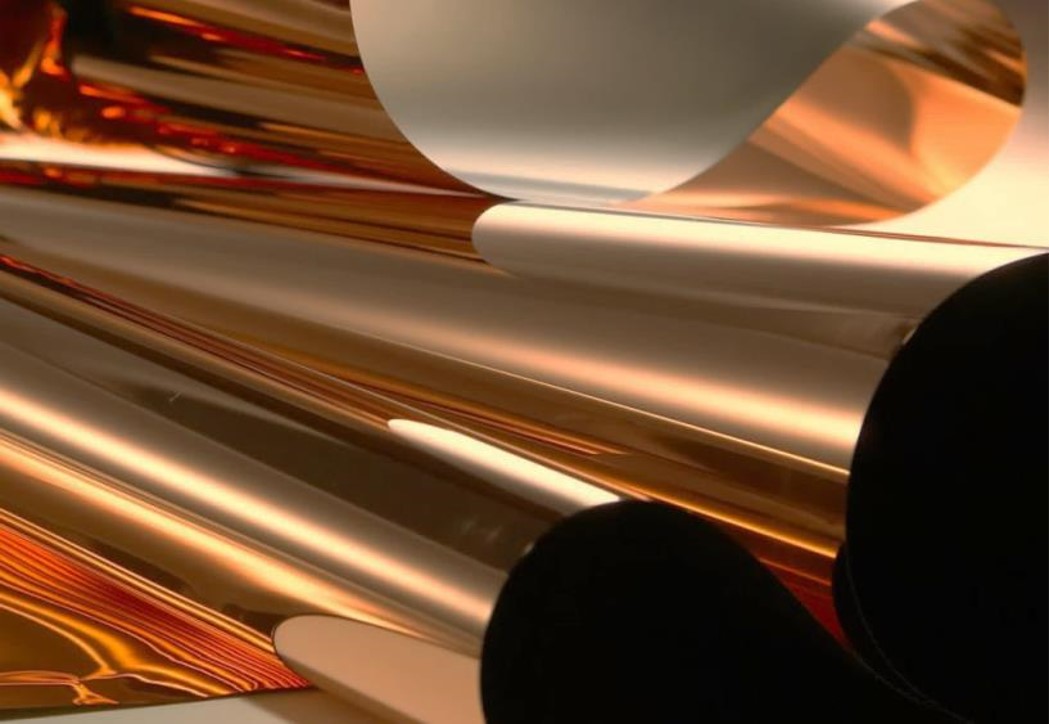Magnetic
Materials
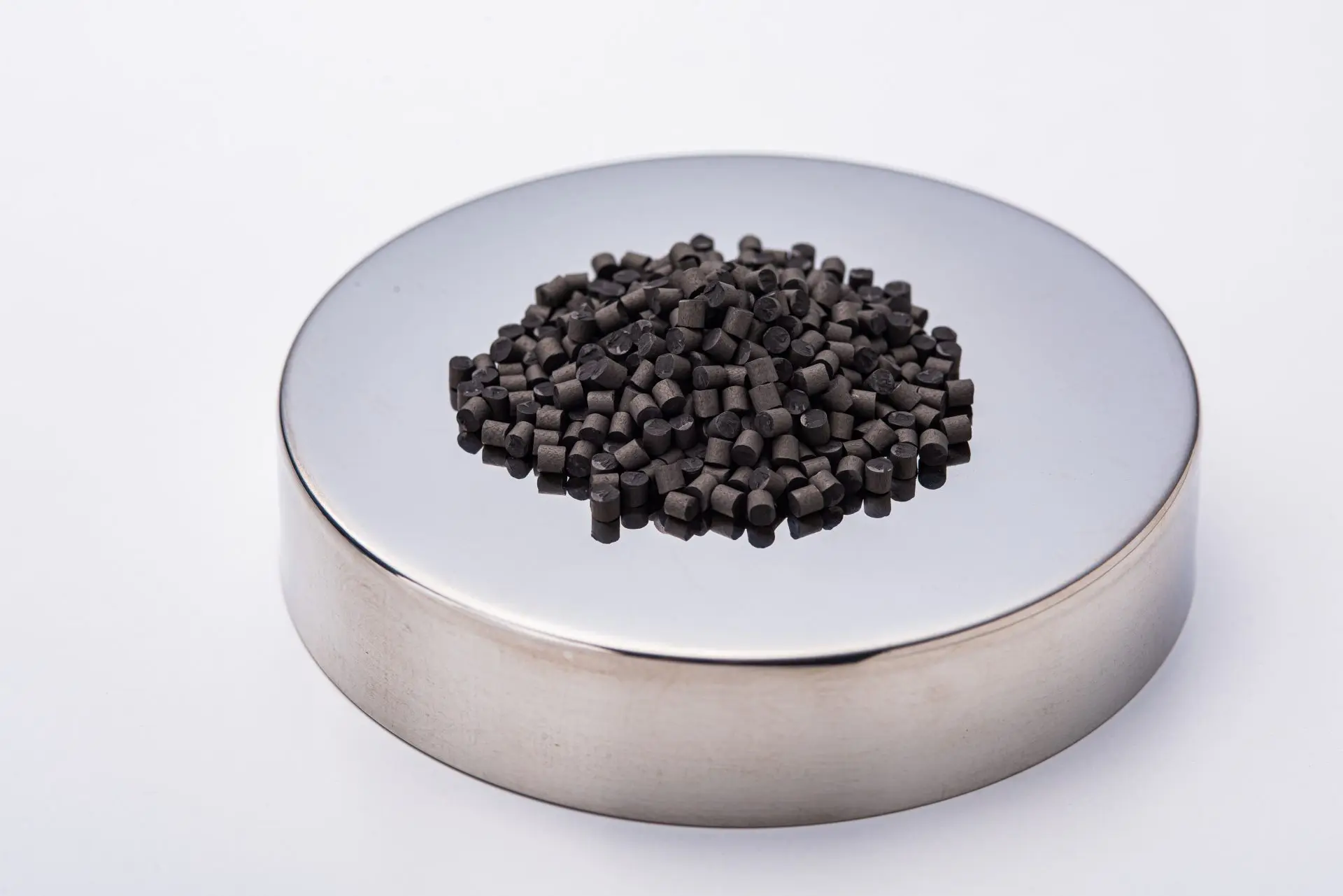
閉じる
Search
Rust is a type of corrosion, in which neighboring metals, gases, oxides, alkalis, etc. undergo a chemical reaction with the original metal to form another product. It is a corrosive substance in which metals and alloys undergo an oxidation-reduction reaction via ions, altering the composition and crystal structure from the state of reduction. Because of this, it will not rust in an atmosphere without oxygen, but oxygen and moisture are present in the atmosphere, underwater, and elsewhere around us. In such an environment, most metals and alloys combine with oxygen and transition to an energetically stable state (toward an increase in entropy).
On the surfaces of metals and alloys we see, there is a microscopic difference to some extent, but it can be said that they are ionized. This degree of difference affects the resistance to rust.
There are red rust (ferric oxide: Fe2O3), which is good for the same iron, and black rust (tri-iron tetraoxide: Fe3O4), which is black in appearance. Red rust progresses if left unattended and may cause holes to open or fold. Black rust covers the surface like a film and protects the inside from rusting any further.
In this way, although the generation of rust is largely caused by metals and alloys, the progress can be delayed or prevented by actively changing the surface condition, etc.
This is a stable magnet material that is made of oxide and is not rusted even in the atmosphere or water because it is already bonded with oxygen. Magnetic force is used in a variety of applications because it is inexpensive, while it does not achieve the highest magnetic energy product (16~40kJ/m3 (2 to 5MGOe) and 16kJ/m3(~2MGOe with BH)max sintered magnets and bonded magnets, respectively. Most are magnets made of barium (Ba) ferrite or strontium (Sr) ferrite. On the other hand, Sr ferrite contains an adequate amount of lanthanum (La) and cobalt as magnets for further improving performance. However, lanthanum is a rare earth element, and cobalt is also a more expensive element than iron, so it is distributed at higher values than conventional ferrite magnets.
These magnets contain a large amount of cobalt (Co) and have a small thermal coefficient. They are all alloy-based magnet materials, but they are hard to rust because they contain a large amount of cobalt. Most of them are used without painting the magnet. Although some materials have the highest magnetic energy product (BH)max is 12~80 kJ/m3(1.5~10MGOe) and the highest magnetic force, they contain a large amount of cobalt, which is inexpensive and unstable, and the coercive force (intrinsic coercive force: HcJ) of the index against the external magnetic field is low. Therefore, these materials have been used in some applications, such as watches and meters, where thermal stability is strongly demanded in recent years.
There are two types of SmCo5 that contain much samarium (Sm) and Sm2Co17 that contain less samarium, both of which have a smaller thermal coefficient that contains a large amount of cobalt (Co). They are all alloy-based magnet materials, but they are hard to rust because they contain a large amount of cobalt. Most of them are used without painting the magnet. The material has the highest properties after NdFeB sintered magnets and the highest coercive force (intrinsic coercive force: HcJ) in the material with the largest magnetic energy product (BH)max is 120~250 kJ/m3(16~32MGOe) and the highest magnetic force. However, as with alnico magnets and iron-chromium-cobalt magnets, they contain a large amount of cobalt, which is expensive and unstable to supply, and because sintered magnets are difficult to process, they are used in applications such as partial motors and sensors, which become hot.
In 2013, cobalt and its inorganic compounds were added to Class 2 specified chemical substances. These magnets, which contain cobalt, are a material that must be kept in mind for health management in manufacturing and processing.
Rare-earth magnet material containing a lot of iron (Fe) as well as neodymium Iron-Boron (NdFeB) magnets. We are one of the few manufacturers that mainly manufacture and sell this magnet material. Compared with NdFeB magnets, samarium-iron-nitrogen (SmFeN) has a harder rust due to its crystalline structure. However, it also contains rare-earth elements that are easily oxidized, causing rust. Sumitomo Metal Mining’s SmFeN magnets are treated with an oxidation-resistant treatment for each magnet powder using a proprietary surface treatment technology. In most applications, the magnets are free of surface coatings.
Theoretical properties are said to be superior to those of NdFeB magnets, but SmFeN sintered magnets are difficult to use as sintered magnets and are currently not available in the marketplace. On the other hand, it is possible to make bonded magnets using resin binders, etc., and we have realized the properties of the largest magnetic energy product (BH)max is OOCm3 (9.5~14.4MGOe) exceeding that of isotropic NdFeB bonded magnets with injection-molded magnets, and we also manufacture and sell this injection-molded bonded magnet material.
Neodymium Iron Boron (NdFeB) magnets can be used as sintered magnets. These magnets have the highest magnetic energy product (BH)max is 230~415kJ/m3(30~52MGOe) at present. These magnets are indispensable for decarbonization, such as wind power generation and EV. Bonded magnets are also commercially available, and the largest magnetic energy product (BH)max is 32~160kJ/m3 (4 to 20MGOe) and is widely used. On the other hand, the sintered magnet has the disadvantage of rust, which tends to rust, and rust travels to the inside. Therefore, surface coating is essential for the sintered magnet, and many bonded magnets are used with a surface coating.
Magnets of our product (Wellmax®-S3/S4) made of SmFeN (samarium iron-nitrogen) are materials with less elution of elements in high-temperature, high-humidity environments and salt water environments than NdFeB (neodymium iron-boron) magnets. Red rust is generated when Fe is oxidized by elemental elution. With NdFeB magnets, even in conditions where erosion progresses to the interior and thus the geometry cannot be maintained, only the exterior of SmFeN is rusted.
 |
 |
| SmFeN-PA12 Injection molded magnet (S3A10M) |
Isotropic NdFeB-PA12 Injection molded magnet (7MGOe grade) |
| The terms of the test is 5% salt spray test_ JIS Z 2371(5%NaCl, 35℃, 24h) Magnets:φ20 x 13 mmh uncoated | |
The properties of Wellmax®-S3/S4 products are materials that cover 24kJ/m3(2MGOe greater than ferrite bonded magnets, and 111 kJ/m3(14MGOe greater than isotropic NdFeB bonded magnets. Moreover, SmFeN materials are materials that do not use rare earth elements such as Nd (neodymium) or Dy (dysprosium), which are worried about supplying.
Wellmax® magnet materials can also be used with isotropic properties, but for higher properties, anisotropic magnets must be made by configuring a dedicated magnetic circuit in the mold. Sumitomo Metal Mining supports this anisotropy and the manufacture of customers’ original magnets with abundant knowledge and experience.
Wellmax® features to “prevent” rusting, environmental risks and costs during painting, and “reduce” raw material risks can be applied in other fields as well.
Try realizing your imagination with “Wellmax®”?
Please check our rare earth magnet material product (Wellmax®) from here.
Bonded Magnet Materials of SMM
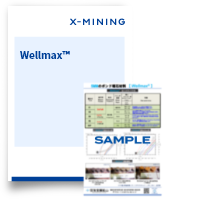
Anisotropic SmFeN (Samarium-Iron-Nitrogen) magnet powder

Anisotoripic SmFeN (Samarium-Iron-Nitrogen) PA12 magnet pellet for injection molding
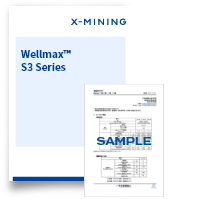
Anisotropic SmFeN (Samarium-Iron-Nitrogen) mixed Ferrite PA12 magnet pellet for injection molding
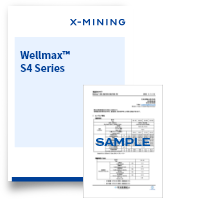
Anisotropic NdFeB mixed SmFeN PA magnet pellet for injection molding
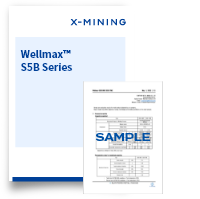
Anisotropic NdFeB mixed SmFeN PPS magnet pellet for injection molding

Ready to get started? Contact us to talk about your requirements.

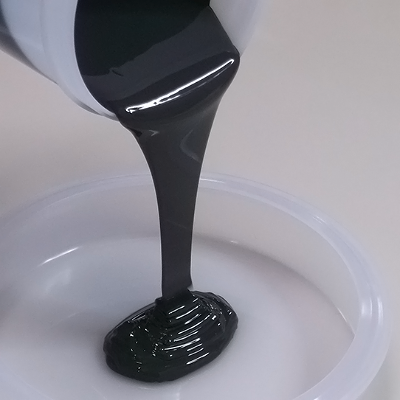




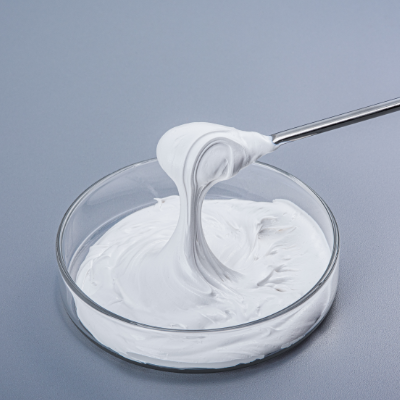
![[Wet-chemical synthesized metal powder] Ultra-fine nickel powders](https://crossmining.smm.co.jp/wp-content/uploads/m_np.webp)
